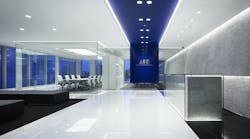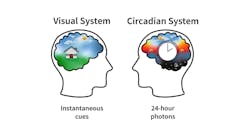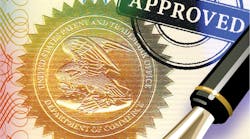The new report, "Issues with use of LED airfield lighting: ACRP synthesis 35," published by the Lighting Research Center (LRC) at Rensselaer Polytechnic Institute, concludes that reduced maintenance cost is the primary benefit for airports considering a move to LED lighting in the airfield. Energy savings are secondary in part because airfield electrical systems are designed for incandescent loads.
The Transportation Research Board (TRB) of the National Academies published the LRC-authored report in conjunction with the Airport Cooperative Research Program (ACRP) which funded the study. The LRC has also long worked with the Federal Aviation Administration (FAA) on ways to take advantage of solid-state lighting (SSL) technology on airfields.
John Bullough, senior research scientist and adjunct professor at the LRC, authored the report. "LED airfield lighting uses much less energy than incandescent, but airfield electrical systems are optimized for incandescent lamps, not LEDs," said Bullough. "Even more energy can be saved if electrical systems are designed with the reduced loads of LEDs in mind."
Other findings of the report include the fact that the visibility and performance of LED lighting on airfields is generally good. Early on in the development of LED lighting there were what the report called "compatibility problems" with SSL and airfields but those have been overcome.
The research was based on detailed surveys of 22 airports and aviation agencies. The report speculates that despite high upfront costs, the installation of LEDs will generally payback in "several years." An upgrade of the electrical infrastructure can increase energy efficiency and reliability of airfield lighting systems. According to the LRC, the FAA is now investigating new infrastructures for airfield lighting.




